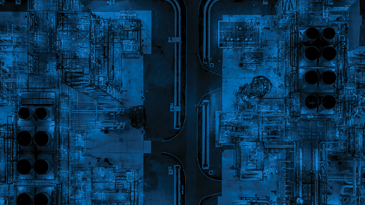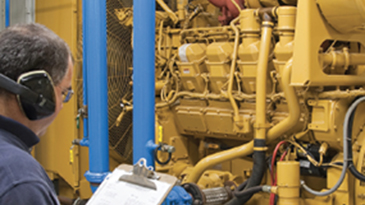In addition to turning to AI and machine learning for answers, there are other considerations. If AI is first, then the analytics platform—the supporting technology—should be second. It seems you cannot reach the next level of productivity without the analytics platform. Yet is this true?
AI and Analytics Fact and Fiction
I say it’s a false assertion. The best analytics platform—along with premier machine learning, attuned to your business issues—will assure you can achieve superior insights and perhaps better product throughput, quality, cost and even improved asset uptime. However, AI will not address the most serious problem confronting manufacturers. No one application alone determines how well you produce; you rely on a series of individual applications that are likely in separate silos. The main issue companies face is managing the work process across those applications to achieve the best results. More than integration (that leads to collections of data combinations), success depends on the interoperation of separate applications.
Explore an Example
Consider that your refinery’s prescriptive maintenance application tells you that the wet gas compressor will fail in 40 days. You have come to trust this application as a dependable detectability source. You are also aware of the asset’s criticality and its effect on production operations. What work process do you need to initiate? The impending shutdown must be executed within those 40 days, but when: right away or later? How do you account for the changes necessary in the planning and scheduling operations, re-routing intermediate flows to alternative units or potential crude changes?
Can the prescriptive maintenance application start the work processes automatically, initiating appropriate action in the risk analysis application to determine the right time to shut down based on shortest/lowest cost disruption or availability of parts/labor? Can it automatically warn the planning application? If the prescriptive maintenance application suggests you are running the process too close to the edge, damaging a compressor through liquid carry-over, can it stimulate an automatic action in the advanced control applications resulting in automatic self-healing of an ongoing and often imperceptible problem?
Interoperation Trumps Analytics
The actions described previously are interoperation between the applications and automated workflows that are not covered by integration and analysis platforms. Managing the manufacturing process needs all of the separate applications operating in harmony to provide the best possible outcome from the combination. Orchestrating such workflows ensures logical and consistent work processes that, once institutionalized, are manageable and able to be optimized.
Run your process to the limits of production, assuring the process honors safety and design limitations and does not produce adverse damage to equipment. Before you consider AI or analytics platforms as the answer to your production woes, remember to focus on the question… the real business problem. For mitigating situations, such as an impending shutdown of a critical asset, you are likely better off with a strong predictive/prescriptive maintenance solution tightly interoperating with risk analysis technology, planning and automation applications – independent of the analysis platform.
Hear more on this topic at ARC Forum in the panel “Rethinking Operational Excellence Through 21st Century Software” on Wednesday at 2 PM.






Leave A Comment